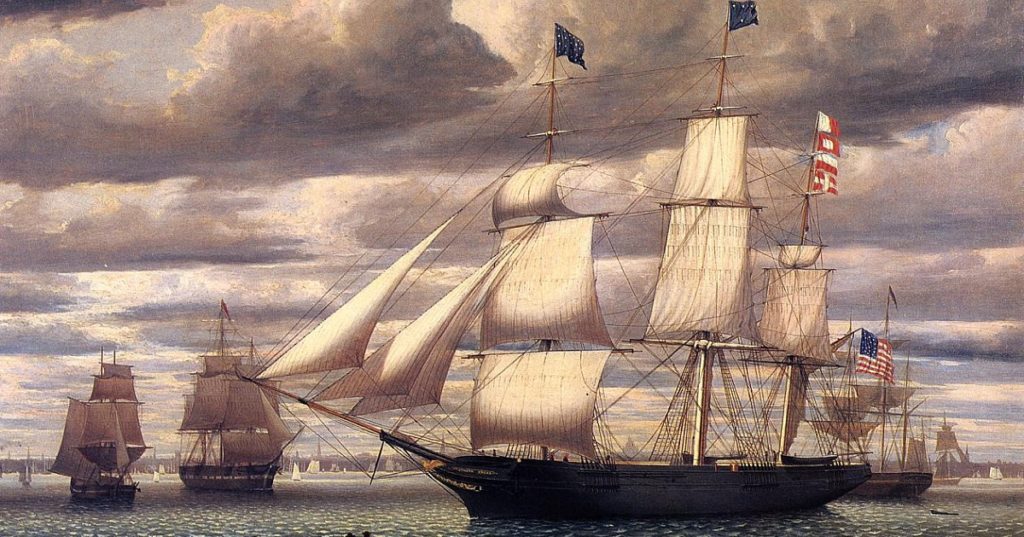There are drastically more ways to invest money than just stuffing it into publicly-traded stocks and bonds. There’s nothing wrong with stocks and bonds, of course, but there are simply other options that most people tend to forget or ignore.
Oil wells, office buildings, mineral royalties, retail buildings, apartments, single-family homes, private debt funds, direct hard-money loans, mineral royalties, private equity, insurance products – the possibilities of where to productively invest your money are limitless.
To see what a diversified portfolio looks like, I’ll just post my own holdings. Theory is one thing, but seeing the capital in action in a well-diversified alternative portfolio should be useful. I’d give a lot to go back 10 years and see more content like this – I spent years trying to research the options because I wasn’t happy with the typical stocks/bonds binary. I’m really glad I did the homework – it’s been paying off handsomely.

I’ll keep this article updated on a roughly monthly level as holdings change, though I don’t plan on making a crazy number of changes every year. I’m an extremely long-term oriented investor.
Note: I don’t directly own these investments. I just own the LLCs or trusts that own the assets. This may or may not be a current list. While I want to be transparent, a little privacy is a good thing.
Stocks
- My M1 portfolio includes an S&P 500 ETF. My publicly traded stocks and bonds portfolio is based on The Basic Portfolio.
Bonds/Debt/Notes
- My M1 portfolio includes a long-term corporate bond ETF.
- Much of my cash is in a short-term bond fund.
- I have a small investment in a private BDC.
- I have a small investment in a YieldStreet loan.
Real Estate
- Net Lease Fund.
- Institutional Access Fund.
- Apartment Funds.
- Direct Single Family Homes.
Oil and Gas
- Working interest in 2 oil wells.
- Direct ownership of oil and gas royalties.
- Investment in oil & gas private equity fund (this could have been listed below).
Private Equity
- Private investment in internet startup.
- Investment in micro-cap private equity firm.
Insurance Products
- Well-designed whole life insurance policy which earns 6.65% IRR over the next 40 years.
Physical Assets
- Gold and silver coins and bars.
- Antique guns (more hobby than investment).
- Collectible coins (more hobby than investment).
- Rare baseball cards (more hobby than investment).
- Rare bottle of 53-year-old scotch whisky.
Entrepreneurship
- Internet marketing firm.
- E-commerce firm.
- Financial and economics websites (including this one).
NOTE: The more uncorrelated your assets are, the more stable your portfolio should be, at least in theory. This is especially true for more illiquid assets like long-term investment funds that have longer time horizons. I’ll write more about this in the future, as well.
Stability and diversification matter, because the more stable your portfolio is, then the more you can rely on it for budgeting purposes – like in retirement. If I have 10 completely different assets earning an average of 10% per year, then I know I can have a heck of a lot better retirement than 4% per year, though how much better isn’t possible to perfectly know.
Some of the investments above require being an accredited investor, meaning having a $1m net worth or at least 200k in income for two years in a row. Some of the investments require “knowing a guy” who can get you in the door, like the oil wells and royalty deal. Other investments require actual business savvy and know-how. Some of the investments require direct purchases and sifting through the options, like real estate and coin collecting.
That said, anyone can get started eventually – they just need to know what the options are and then begin to position themselves to take advantage of the possibilities as soon as possible. I’ll be writing more and more over time about becoming accredited, what to do once you’re accredited, and other methods for increasing the range of investment possibilities.
